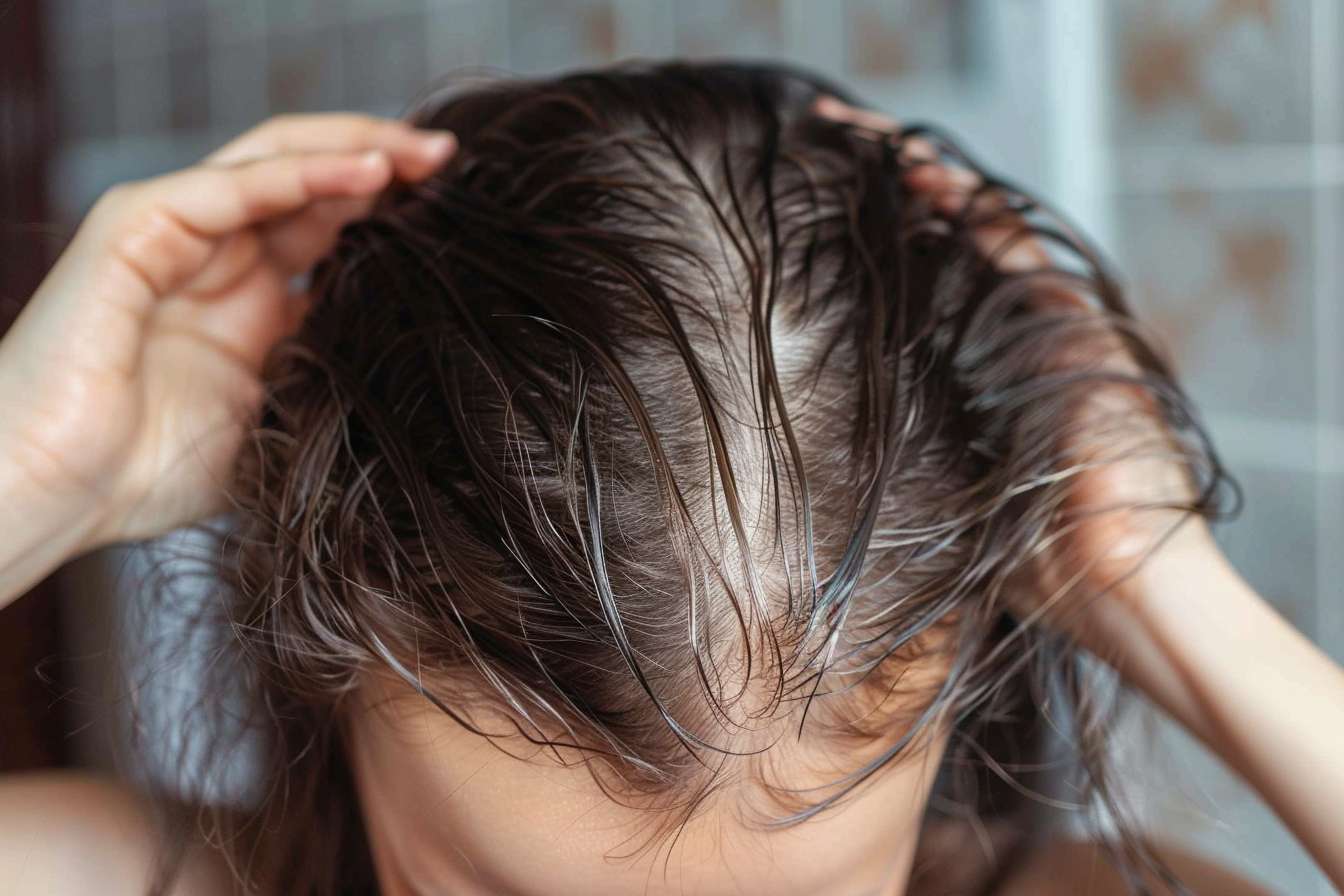Cleaning and caring for personal hair removal devices: hygiene checklist
A concise hygiene checklist for personal hair removal devices covering step-by-step cleaning, routine maintenance, battery and cordless care, travel packing, and skincare tips to reduce ingrown hair and sensitivity. Maintain precision, efficiency, and durability with practical habits for safe use and storage.

Personal hair removal devices perform best when they are cleaned, maintained, and stored correctly. Regular care reduces bacterial buildup, helps avoid irritation or infection, and preserves the device’s precision and speed. This article outlines practical steps for cleaning, routine upkeep, battery and cordless considerations, travel precautions, and complementary skincare practices such as exfoliation to reduce ingrown hair and sensitivity.
This article is for informational purposes only and should not be considered medical advice. Please consult a qualified healthcare professional for personalized guidance and treatment.
Cleaning for hygiene and hair removal safety
After each session, remove the head if the model allows and clear loose hairs with the small brush usually supplied. For washable heads, rinse under lukewarm running water according to manufacturer instructions; avoid submerging non-waterproof units. Dry all parts thoroughly before reassembly to prevent moisture-related damage and bacterial growth. Periodic deep cleaning—disassembling removable parts and checking for trapped debris—preserves hygiene and ensures consistent hair removal performance while lowering the risk of skin irritation.
Skincare and preventing ingrown hair
Post-epilation skincare can reduce the incidence of ingrown hair: apply a gentle, alcohol-free moisturizer or calming lotion after treatment to restore the skin barrier. Incorporate regular exfoliation into your weekly routine—either a mild chemical exfoliant like a low-concentration AHA or a soft physical scrub—to free hair follicles and reduce trapped hairs, but avoid exfoliating immediately after epilation. Consistent moisturizing and measured exfoliation both contribute to smoother regrowth and fewer bumps over time.
Managing sensitivity and exfoliation routines
If you have sensitive skin, perform a patch test before using a new device or setting. Use the lowest speed or gentlest mode indicated and consider numbing options only after consulting a professional. After treatment, cool compresses and products with calming ingredients such as aloe vera can ease redness and discomfort. Wait 24–48 hours before exfoliating the treated area to avoid compounding irritation; tailor frequency and product choice based on your skin’s response and any guidance from a dermatologist.
Cordless design and battery maintenance
Cordless models offer convenience for travel and quick touch-ups but require intentional battery care to maintain efficiency. Follow the manufacturer’s charging recommendations: avoid leaving a device continuously connected if the manual warns against it, and avoid repeatedly letting the battery fully drain if not recommended. Store batteries in a cool, dry place and clean charging contacts gently with a dry cloth. For replaceable batteries or long-term storage, check manufacturer guidance on optimal charge levels to prolong overall battery life and device durability.
Travel, compactness, durability, and speed considerations
When packing for travel, protect removable heads in a small pouch or the original case to avoid damage and contamination. Compact cordless units are easier to transport, but confirm airline and local regulations for battery-powered grooming tools, and place batteries in carry-on luggage if required. Durability relies on build quality and user care: avoid drops, keep the device dry if not waterproof, and store it away from extreme temperatures. For quick touch-ups, select lower-speed settings to limit skin stress while maintaining efficiency.
Precision, efficiency, and long-term maintenance
Precision depends on clean, correctly aligned parts and sharp cutting elements. Replace worn heads, blades, or tweezer plates as recommended; diminished performance or tugging often signals replacement is needed. Periodically lubricate moving parts only if the manufacturer suggests it, and keep a simple maintenance log or calendar reminder for head replacements and deep-cleaning intervals. Regular attention to these tasks sustains efficiency, reduces the chance of hair breakage, and extends the device’s functional lifespan.
Conclusion Consistent hygiene and careful maintenance help personal hair removal devices remain safe, accurate, and long-lasting. Clean after use, follow recommended battery and storage practices for cordless units, and align exfoliation and soothing skincare routines to prevent ingrown hair and manage sensitivity. Thoughtful travel preparation and timely parts replacement preserve precision and efficiency, supporting reliable performance and better skin outcomes over time.





